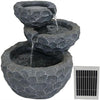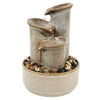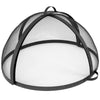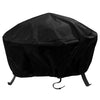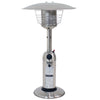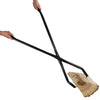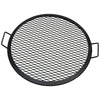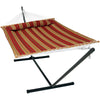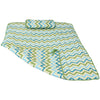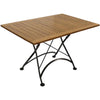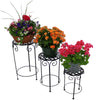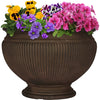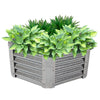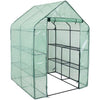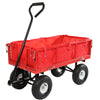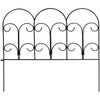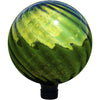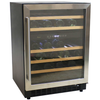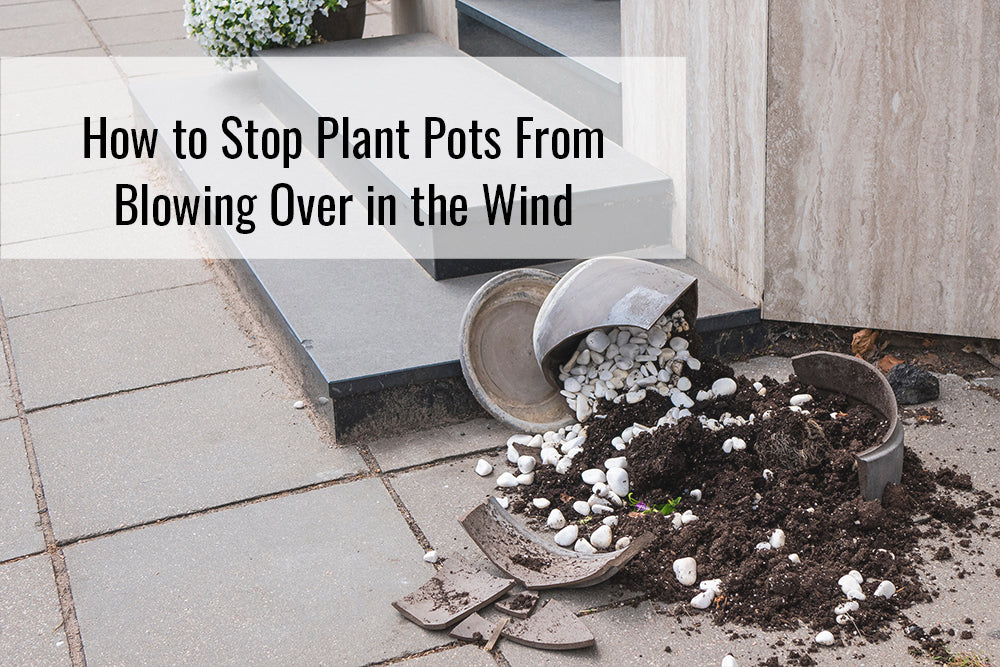Why Should I Use a Grow Bag for Planting Vegetables?
Grow bags are similar to traditional pots for growing plants and vegetables, but they present many benefits over those containers. Grow bags are constructed of strong fabric that is breathable and allows excess moisture to drain through easily. They are also ideal if you are short on space. You can easily create a container garden to place on your patio, backyard or balcony. When the growing season is over, simply clean them by rinsing them off well and setting them aside to dry. Once fully dry, fold up and put away the grow bags until the next growing season. The foldability of grow bags ensures that they have a smaller storage footprint compared to traditional growing pots.
Air pruning is another benefit that plants will have in a grow bag. According to The Old Farmer’s Almanac, air pruning occurs when the root of the plant reaches the side of the grow bag. The root will come in contact with drier soil and more air. When it reaches this point, the root will stop growing, and this encourages the plant to make new small roots that are more efficient at taking in water and nutrients from the soil.
What Size Grow Bag Should I Use?
Knowing the root growth of the plants you want to grow is key to choosing the correct size of grow bag. Plants that have roots between 12-24 inches deep can be planted in grow bags at least 24 inches deep. Plants with deeper root systems will need deeper grow bags. When selecting a grow bag, keep in mind the maximum depth of the roots and select a bag that is the same depth or an inch or two deeper.
Another factor that you will need to keep in mind is how tall your plant will get. If a grow bag is used to grow a taller plant that isn’t properly supported, it will be prone to falling over, particularly if the plant is top-heavy with fruit. You can easily prevent this by supplementing your plants with support structures, such as a trellis, stakes or cage. Usually a larger grow bag, such as a 10-gallon size, is ideal to use with taller plants, as it can better support the plant and the framework used to support it.
8 Best Vegetables for Grow Bag Gardening

1. Potatoes
One of the quintessential root vegetables, potatoes require plenty of room to grow, and do well when planted in deeper grow bags, such as 10-gallon options. There are even some grow bags especially designed for potatoes and other root vegetables, as they have a window or flap at the bottom of the grow bag, allowing you to access and harvest ripe potatoes, without disturbing the rest of the plant.

2. Beets
Beets are another type of root vegetable that grow well in grow bags. According to the blog, Growing in the Garden, the best size grow bag to grow beets in will hold up to 3 gallons of soil.

3. Peppers
Both sweet and spicy varieties of peppers are ideal for cultivation in grow bags. Since these plants can grow on the taller side, it is best to have a support system of stakes or a cage set up to ensure that they continue to grow strong.

4. Carrots
Carrots are another versatile vegetable that are great for grow bags. The carrot portion that we eat is the root of this plant, and it typically grows between 12 to 24 inches long. These are great for grow bags that are 3 gallons or larger.

5. Radishes
Like carrots, radishes are also a root vegetable, but can vary in size and flavor. They can be longer like a carrot, or more squat and round. To determine the type of grow bag needed, check to see what type of radish you are growing and what the average length is of the radish.
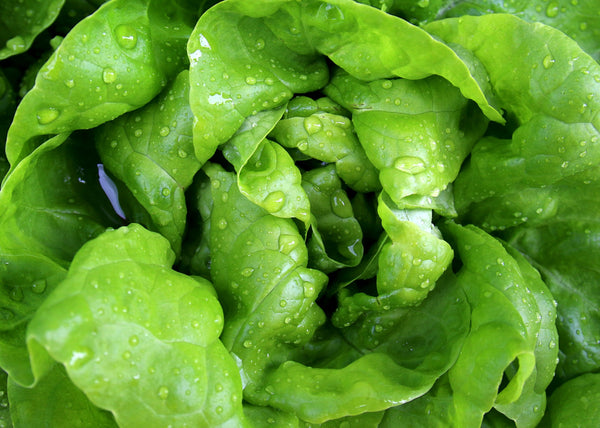
6. Salad Greens
Skip the bagged salad at the grocery store and simply grab your salad greens from your backyard. Grow bags are ideal for many leafy vegetables, as they don’t typically have very long roots. Nourishing options that are ideal for these containers include lettuce, swiss chard, spinach, arugula, kale and more.

7. Onions
Like salad greens, spring or green onions have shallow roots ideal for grow bag containers. Other onion varieties, particularly red, yellow and white onions will have deeper roots as the onion itself is the main part of the root and grows below the ground. These bigger onions will require a deeper grow bag than their smaller green counterparts.

8. Tomatoes
Tomatoes are able to thrive in both flower beds and containers. They are also prone to growing tall and there are two main types that you will need to identify to ensure you are growing your tomatoes properly in your grow bag. According to greenupside.com, determinate tomatoes will grow to a maximum height of 4 to 5 feet before they stop growing. Indeterminate tomatoes will continue to grow between 6 to 10 feet tall until they are killed by winter frost. If you are growing taller vegetables, ensure that you are properly supporting them with a trellis, stakes or cage.
Even if you are short on space, you can still grow your favorite veggies to incorporate healthy nutrients into your diet. Grow bags are ideal for gardening in areas with limited space for traditional garden beds. The fabric construction of a grow bag helps keep air and moisture circulating through the soil, more so than with traditional potting containers. They also take up less storage space when they are not in use, since they can be folded up and put away until they need to be used again the next growing season.
Thinking about trying your hand at growing vegetables in a grow bag? We offer several different sizes and pack options of grow bags, so you can create a custom container garden ideal for growing your favorite vegetables.

